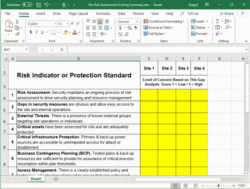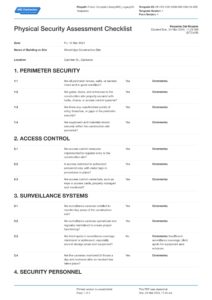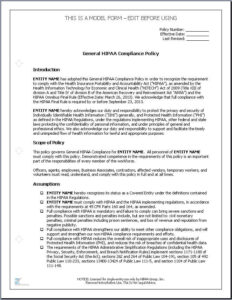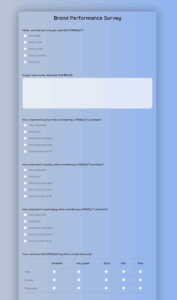In today’s world, ensuring the safety and security of your property, assets, and people isn’t just a good idea; it’s an absolute necessity. Whether you’re a small business owner, a facility manager for a large corporation, or even just looking to enhance your home’s defenses, understanding your vulnerabilities is the first critical step. A thorough physical security site survey helps you pinpoint weaknesses, assess existing safeguards, and identify potential threats, creating a clear picture of your current security posture.
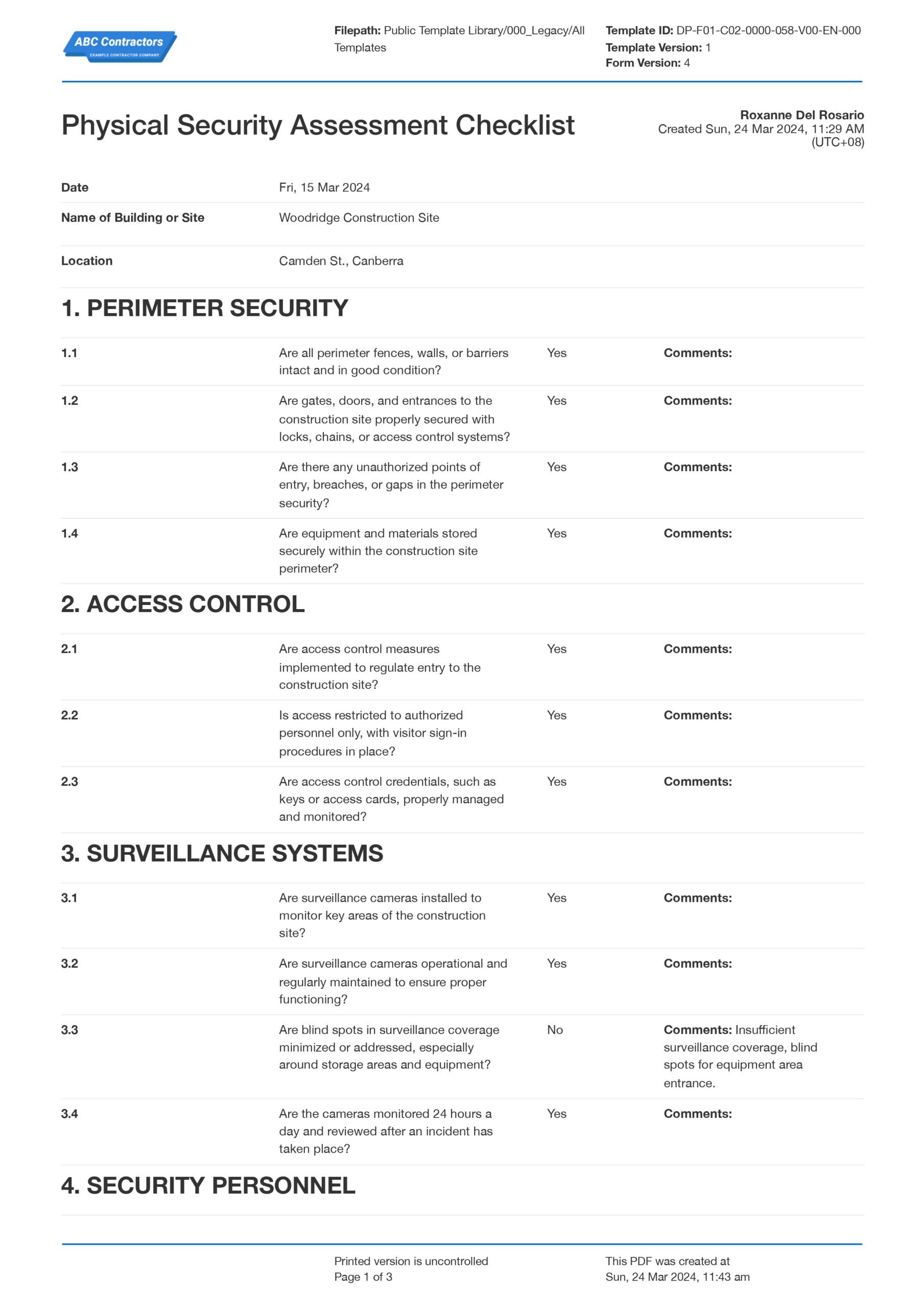
But how do you conduct such a comprehensive assessment without missing crucial details? The answer lies in having a structured approach, and that’s precisely where a robust physical security site survey template becomes an invaluable tool. It acts as your guide, ensuring consistency, thoroughness, and objectivity in every evaluation, no matter the scale or complexity of the site.
Why a Robust Physical Security Site Survey Template is Your Best Asset
Adopting a well-designed physical security site survey template transforms a potentially haphazard inspection into a methodical, actionable process. It provides a standardized framework that allows you to methodically examine every aspect of your premises, from the perimeter to interior spaces, access controls, and technological systems. This structured approach helps prevent oversight, which is particularly vital when dealing with security, where a single overlooked vulnerability could have significant consequences.
Furthermore, using a template ensures that your surveys are consistent across different locations or over time. This consistency is crucial for comparing security levels, tracking improvements, and demonstrating due diligence. It also streamlines the documentation process, making it easier to record findings, assign responsibilities for corrective actions, and present a clear report to stakeholders, whether they are management, insurance providers, or law enforcement.
A template isn’t just a checklist; it’s a strategic tool for risk management. By clearly defining what needs to be inspected and the criteria for evaluation, it helps you move beyond reactive security measures to a proactive strategy. You’ll be able to identify potential threats before they materialize, understand compliance requirements, and allocate resources more effectively, ultimately saving time and money in the long run by preventing costly security breaches or incidents.
Key Elements to Consider During Your Survey
A truly effective survey template guides you through every layer of security, leaving no stone unturned. Here are some fundamental areas that any comprehensive template should prompt you to evaluate:
- **Perimeter Security:** This includes fences, gates, landscaping, lighting, and natural barriers. Are there clear lines of sight? Are entry points properly secured?
- **Building Exterior:** Examine doors, windows, locks, alarms, exterior lighting, and surveillance camera placement. Are all entry points robust and regularly maintained?
- **Access Control:** Assess how people enter and exit the building, including key card systems, biometric scanners, visitor management protocols, and traditional key management. Is there a clear record of who is on site?
- **Interior Security:** Consider internal doors, server rooms, sensitive data areas, valuable asset storage, and the placement of internal cameras and sensors. Are high-value areas adequately protected?
- **Security Systems and Technology:** Review CCTV systems, intrusion detection systems, alarm monitoring, communication systems, and emergency notification procedures. Are these systems fully functional and regularly tested?
- **Operational Procedures:** Beyond physical assets, evaluate human elements like security personnel routines, emergency response plans, incident reporting, and employee awareness training. Are procedures clear and understood by staff?
By meticulously addressing each of these categories, you can build a holistic view of your security posture and pinpoint exactly where enhancements are needed.
Building Your Comprehensive Physical Security Site Survey Template
Crafting or customizing your own physical security site survey template doesn’t have to be daunting. The goal is to create a document that is comprehensive yet easy to use, ensuring that all relevant aspects of your site’s physical security are assessed systematically. Start by dividing your template into logical sections that mirror the layered approach to security, moving from the outside in, and then incorporating technological and procedural elements.
Each section should include specific questions or prompts that require clear observations and assessments. For instance, under “Perimeter Security,” you might ask about fence height and condition, gaps in the perimeter, lighting adequacy, and the presence of motion sensors. Provide space for detailed notes, observations, and recommendations for improvement. This allows the surveyor to capture nuanced information that a simple “yes/no” checklist might miss.
It is also highly beneficial to incorporate rating scales for various elements. For example, you could rate the effectiveness of a lock on a scale of 1 to 5, or assess the lighting in a particular area as “Poor,” “Fair,” “Good,” or “Excellent.” This quantitative or semi-quantitative data makes it easier to prioritize vulnerabilities and track progress over time. Remember to include sections for general site information, such as the date of the survey, the surveyor’s name, the specific location, and contact details for key personnel.
Don’t forget to include sections that focus on incident history and existing security policies. Understanding past security incidents at the site can provide valuable insights into recurring vulnerabilities or areas that require immediate attention. Similarly, reviewing current security policies and procedures against actual practices will highlight any discrepancies and ensure that written protocols are being effectively implemented on the ground.
Finally, a robust template should also include a section for recommended actions and responsible parties. This transforms the survey from a mere data collection exercise into an action plan. For each identified vulnerability or area for improvement, specify what needs to be done, who is responsible for implementing the change, and a target completion date. This ensures that the insights gained from your physical security site survey template translate directly into tangible security enhancements.
Implementing a structured approach to assessing your security infrastructure is a continuous journey, not a one-time event. Regularly utilizing a comprehensive survey template allows you to adapt to new threats, leverage emerging technologies, and continuously strengthen your defenses. It’s about building a resilient environment that protects what matters most.
By consistently evaluating and improving your security measures based on the insights gained from a detailed site survey, you’re not just reacting to potential problems; you’re proactively shaping a safer, more secure future for your operations and everyone involved.
